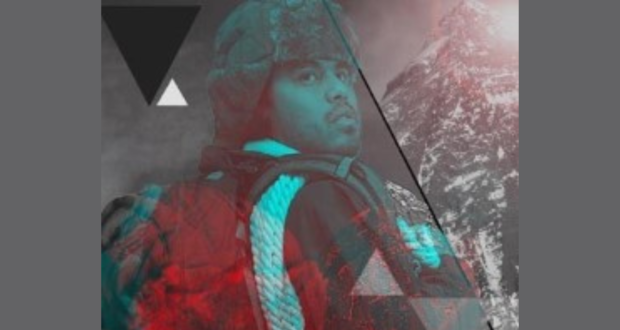C ARTS | C venues | C cubed – Main Space
Unique and intense, but needs some workSummary
Rating
Good
Om Raj Raut puts his all into 1953: The Race for the Summit. His performance ranges from wildly physical to intensely emotional as he screams, cries and begs. Raut is keen to demonstrate the unique bond that Sherpas have with Mount Everest, whilst also illuminating their heroic and often puzzling sacrifice.
The play follows Sherpa Tenzing Norgay as he battles the elements and his own mind to summit Everest alongside British mountaineer Edmund Hillary. His influences and memories are also explored in a series of often harrowing flashbacks that punctuate the play. These delve into Norgay’s family life, with emphasis on the stress and burden his career places upon his wife, Ang Lahmu, as well as his personal trauma from previous expeditions. This plot is ambitious, and occasionally feels confused. If further work is invested in the ordering and length of scenes, the production could be more concise and gain impact.
Excellent staging and lighting gives this show a driving intensity. A soundtrack of constant wind and rain is realistic and very loud, with the lights flashing to mimic lightning that is quickly followed by the sounds of rolling thunder. This does a great job of capturing the harsh environment of Everest. Staging is minimalistic, with Raut making clever use of a tent to capture the feel of high-altitude survival.
C cubed did feel like an unfortunate venue for this dynamic piece of theatre. The stage is small and level, with the audience in a long rectangular room that is three-quarters seats. Because of the lack of a raised stage, it made it near-impossible to see Raut if you were more than three rows behind, hindering enjoyment. Raut’s delivery of his lines is passionate, but sometimes lacks volume and articulation, meaning that it is hard to hear him and understand scenes if sat near the back.
Despite this, the play raises interesting questions about the Sherpas’ complex working relationship with European mountaineers – in particular how, despite their intimate bond, they are routinely exploited. Some of the dialogue is seriously compelling, with the best lines helping to convey the intricacy of the Sherpas’ Buddhist relationship with Mount Everest, often referred synonymously to as “Goddess”, referencing the Tibetan Buddhist goddess Miyolangsangma.
While this show could use more polish, it does not lack passion or dynamism, and provides an interesting exploration of a neglected part of mountaineering history.
Written by: Om Raj Raut
1953: The Race for the Summit plays at C Arts for EdFringe 2023 until 27 August. Further information can be found here.
 Everything Theatre Reviews, interviews and news for theatre lovers, London and beyond
Everything Theatre Reviews, interviews and news for theatre lovers, London and beyond



